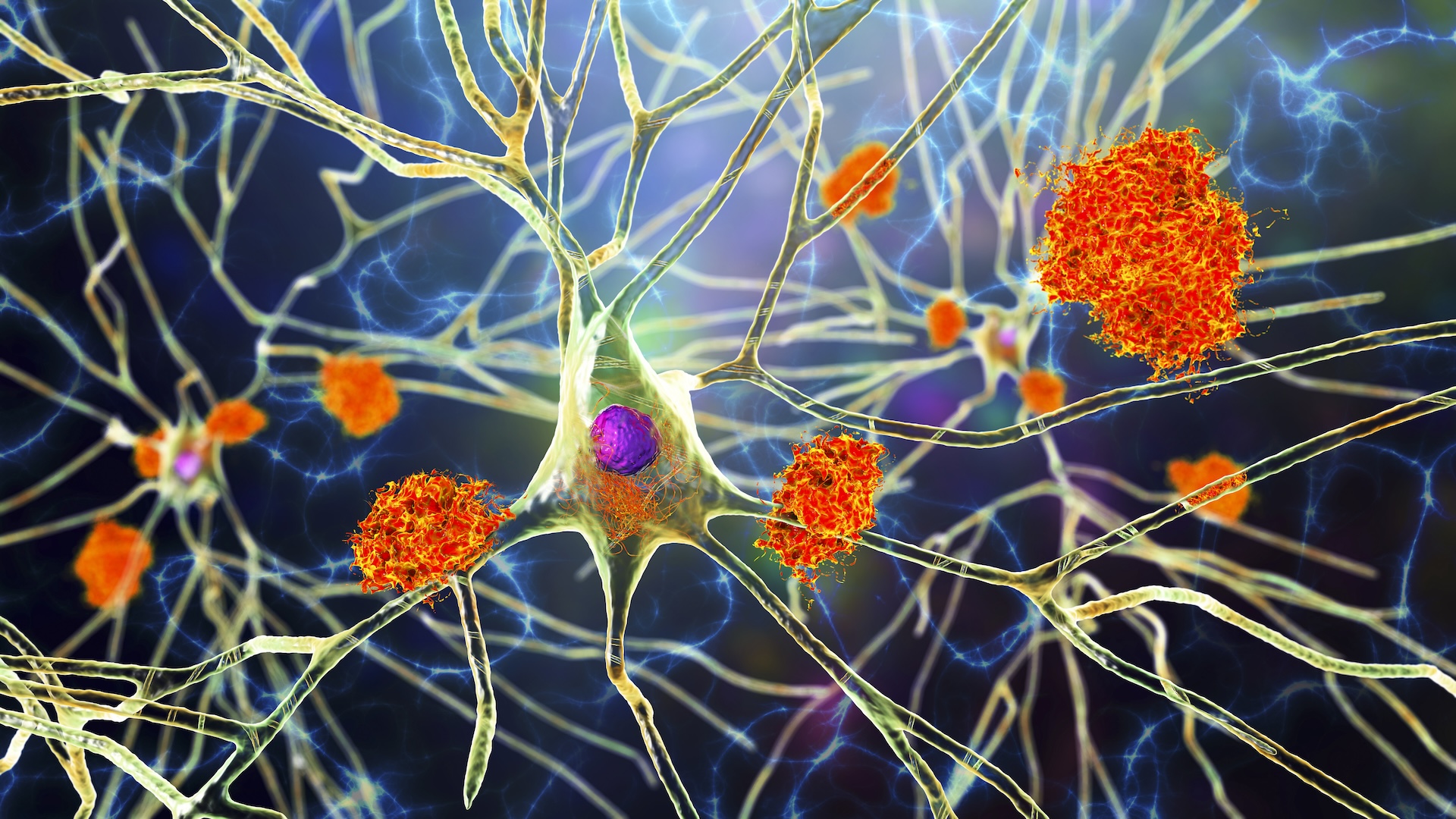Breaking the Code: Why Yuor Barin Can Raed Tihs

You might not realize it, but your brain is a code-cracking machine.
For emaxlpe, it deson’t mttaer in waht oredr the ltteers in a wrod aepapr, the olny iprmoatnt tihng is taht the frist and lsat ltteer are in the rghit pcale. The rset can be a toatl mses and you can sitll raed it wouthit pobelrm.
S1M1L4RLY, Y0UR M1ND 15 R34D1NG 7H15 4U70M471C4LLY W17H0U7 3V3N 7H1NK1NG 4B0U7 17.
Passages like these have been bouncing around the Internet for years. But how do we read them? And what do our incredibly low standards for what's legible say about the way our brains work?
According to Marta Kutas, a cognitive neuroscientist and the director of the Center for Research in Language at the University of California, San Diego, the short answer is that no one knows why we're so good at reading garbled nonsense. But they've got strong suspicions.
"My guess is that context is very, very, very important," Kutas told Life's Little Mysteries.
We use context to pre-activate the areas of our brains that correspond to what we expect next, she explained. For example, brain scans reveal that if we hear a sound that leads us to strongly suspect another sound is on the way, the brain acts as if we're already hearing the second sound. Similarly, if we see a certain collection of letters or words, our brains jump to conclusions about what comes next. "We use context to help us perceive," Kutas said. [6 Fun Ways to Exercise Your Brain]
Sign up for the Live Science daily newsletter now
Get the world’s most fascinating discoveries delivered straight to your inbox.
It's not a perfect system, however. In the above passages, Kutas suspects that you probably didn't get every single word right just from knowing what came before it. You onlythought you were reading the passage perfectly, because you automatically (and subconsciously) went back and filled in any gaps in your knowledge based on subsequent context — the words that came later.
Additionally, in the case of the first example (the words with jumbled middle letters), it helps that your brain processes all the letters of a word at once, rather than one at a time. Thus, the letters "serve as contexts for each other," Kutas said.
In the case of the second passage (with the numbers in place of some letters), a 2007 study by cognitive scientists in Spain found that reading such passages barely activates the brain areas that correspond to digits. This suggests that the letter-like appearance of the digits, as well as their context, has a stronger influence on our brains than their actual status as digits. The researchers think some sort of top-down feedback mechanism (our consciences telling our sensory processors what to do, sort of) normalizes the visual input, allowing us to ignore the funny bits and read the passage with ease.
This story was provided by Life's Little Mysteries, a sister site to LiveScience. Follow Natalie Wolchover on Twitter @nattyover. Follow Life's Little Mysteries on Twitter @llmysteries, then join us on Facebook.
Natalie Wolchover was a staff writer for Live Science from 2010 to 2012 and is currently a senior physics writer and editor for Quanta Magazine. She holds a bachelor's degree in physics from Tufts University and has studied physics at the University of California, Berkeley. Along with the staff of Quanta, Wolchover won the 2022 Pulitzer Prize for explanatory writing for her work on the building of the James Webb Space Telescope. Her work has also appeared in the The Best American Science and Nature Writing and The Best Writing on Mathematics, Nature, The New Yorker and Popular Science. She was the 2016 winner of the Evert Clark/Seth Payne Award, an annual prize for young science journalists, as well as the winner of the 2017 Science Communication Award for the American Institute of Physics.

